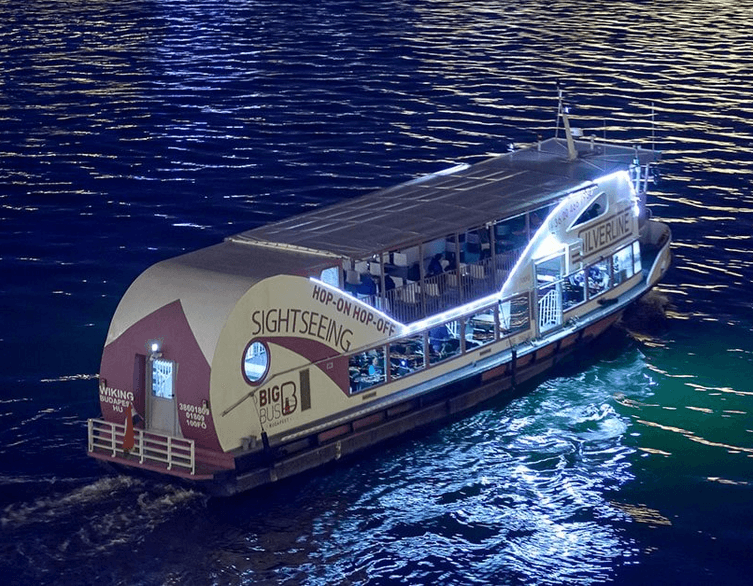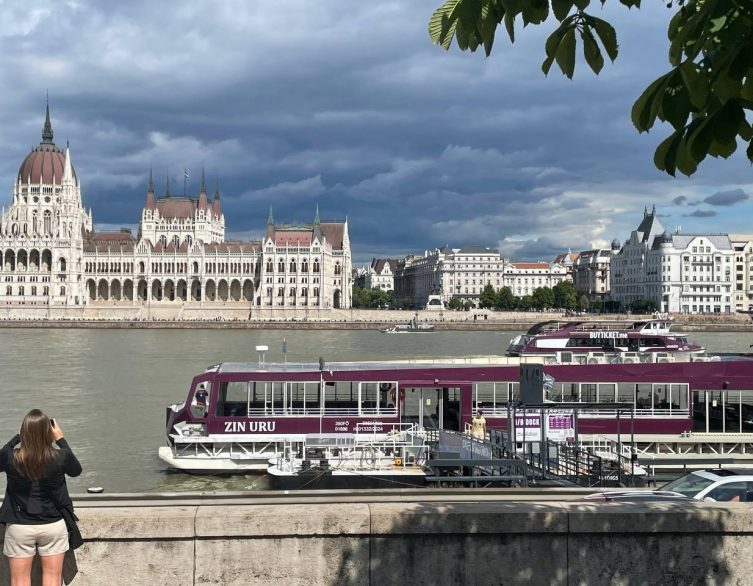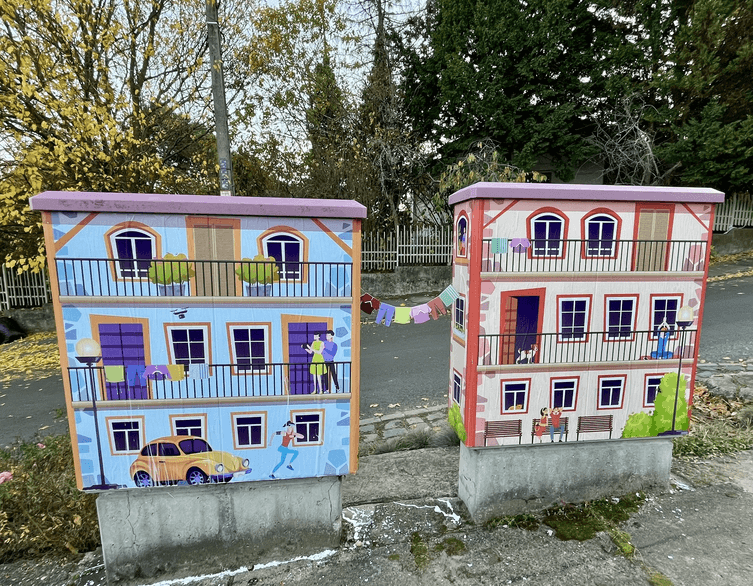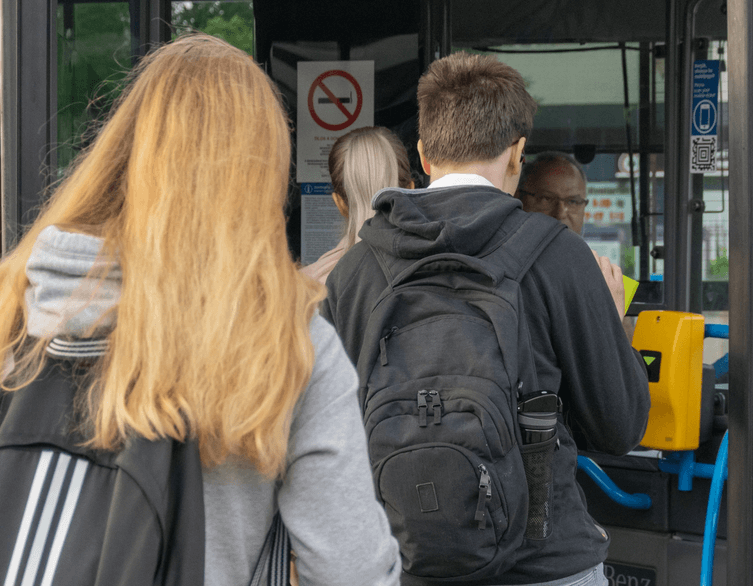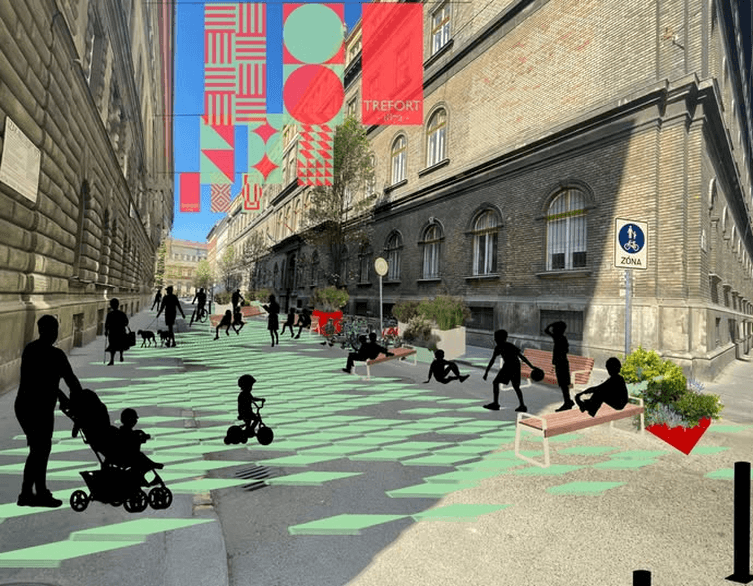Budapest’s First “School Street”: Trefort Street Leads a City-Wide Movement
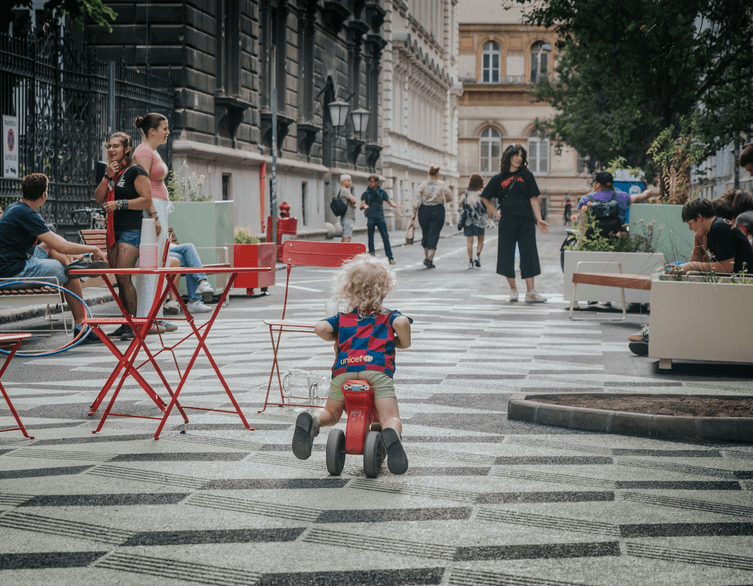
If you’re strolling through Budapest’s historic eighth district this fall, you might be surprised by the transformation on Trefort Street. What was once a regular urban thoroughfare has become Budapest’s pioneering “school street,” marking the beginning of what promises to be a city-wide movement toward safer, more community-focused urban spaces. For foreign tourists exploring the city, this groundbreaking initiative reveals a new face of Budapest—one deeply committed to family-friendly innovation and sustainable urban living.
What is a School Street and Why Does it Matter?
The idea behind a “school street,” known in Hungarian as “iskolautca,” is elegantly simple and impressively effective. At key times during the school week—typically drop-off and pick-up—sections of road directly in front of schools are closed to car traffic. By keeping vehicles at bay, these streets turn into calm zones where children can safely walk, meet friends, and breathe cleaner air. The practical benefits are felt immediately: kids are no longer at risk from cars parked on the pavement or parents hurriedly maneuvering vehicles near the entrance, and parents themselves have peace of mind as their children approach school.
This concept isn’t new to Europe. Originating in Bolzano, Italy in the early 1990s, school streets have since flourished in cities ranging from London and Paris to Vienna and Barcelona. Studies from these cities consistently show dramatic reductions in traffic accidents and air pollution, and a notable increase in the number of kids walking or cycling to school. Vienna’s first school street saw the number of children walking jump from 47% to 56%, while car arrivals dropped from 19% to 13%. In Paris, ambitious plans are underway to create 300 school streets by 2026, with 100 of them featuring enhanced green spaces.
Trefort Street: Budapest’s Trailblazing First
Budapest joined this forward-thinking movement by creating its very first school street on Trefort Street, right outside the ELTE Trefort Ágoston Practice Gymnasium. Completed in late August 2025, this inaugural project set the standard for what would become a broader transformation across the Hungarian capital.
Best deals of Budapest
The story began with a much-needed resurfacing of the road, but quickly evolved into something far more impactful. New traffic rules were implemented: vehicles are now barred from entering Trefort Street from Szentkirályi Street, ensuring that only one end—Puskin Street—remains accessible to cars, significantly reducing through traffic.
But the transformation goes well beyond mere changes to traffic patterns. The local government’s vision included introducing street furniture and big planters lush with greenery to create natural barriers while beautifying the space. Eye-catching flags featuring patterns designed by students themselves flutter along the newly peaceful street, while painted asphalt lines and murals stake out the boundaries of this protected zone, created with help from enthusiastic volunteers from the neighborhood.
A walk down Trefort Street today reveals the success of this pioneering project. Instead of the usual chaos of rush hour car maneuvers, you’ll find a bustling scene of children playing, neighbors catching up, and city dwellers savoring a rare sense of calm at the very heart of Budapest.
The Science and Spirit Behind School Streets
Cutting car traffic from the immediate vicinity of schools has a measurable effect on air quality. Children, being shorter, breathe in air closer to street-level, where emissions from idling engines are most concentrated. By limiting vehicles near schools during peak morning and afternoon hours, pollution levels drop substantially—a fact that residents and visitors alike both appreciate.
But the benefits are far more than physical. Creating these “living streets” is a way to return urban outdoor space to the people who need it most: the children, parents, and residents who form the backbone of the community. It’s a statement of priorities, favoring safety, health, and neighborliness over the convenience of curbside drop-offs.
From Pioneer to City-Wide Movement
The success of Trefort Street has catalyzed rapid expansion across Budapest. Building on the lessons learned from this first implementation, the city launched the “Sulizóna” program in May 2025, inviting schools throughout Budapest to apply for their own school street conversions.
The response has been remarkable. By September 2025, just weeks after Trefort Street’s completion, two additional school streets are already being implemented. District XIV’s Zuglói Heltai Gáspár Elementary School on Padlizsán Street and District XVII’s Gregor József Elementary School are both launching their own versions, each tailored to local needs and traffic realities.
The approach varies depending on the location and community needs. At Gregor József Elementary, an “intermittent school street” operates on school days from 7:00 to 8:30 AM between September 8-19, where school staff or parent volunteers use cones or barriers to temporarily block car access. Meanwhile, the Heltai Gáspár Elementary site will feature a completely car-free zone from September 15-26, transforming the area into a dedicated space for play, meetings, and relaxation.
Community-Driven Implementation
Getting these transformations right requires careful community engagement. The city’s transport authority, BKK, conducts detailed traffic analyses and extensive consultations with local councils, school leaders, and neighborhood residents to ensure each new street layout is both practical and welcomed. Public forums are held for each new school street, encouraging everyone to share ideas, voice concerns, or simply learn more about the initiative.
This community-centered approach has proven essential to success. Each school street reflects the unique character and needs of its neighborhood, while maintaining the core principles of safety, air quality improvement, and community space creation that made Trefort Street such a triumph.
A Model for Urban Innovation
For travelers, Budapest’s expanding network of school streets offers a glimpse into the city’s evolving urban philosophy. These projects demonstrate how established European capitals can adapt international best practices to create more livable, family-friendly environments. The rapid expansion from one pioneering street to a city-wide program shows Budapest’s commitment to this transformation.
While the iconic views of Parliament and the Danube will always draw visitors, the changes beginning with Trefort Street and spreading throughout the city prove that Budapest is making innovative strides in urban planning and community wellbeing. As the movement continues to grow, school streets may soon become as essential a part of the Budapest experience as its classic cafes or thermal baths—a testament to a city that used one successful street transformation to spark a broader revolution in how urban spaces serve their communities.
The story of Trefort Street is ultimately the story of a city willing to experiment, learn, and scale successful innovations. For tourists witnessing this transformation, it’s a chance to see Budapest not just as a destination rich in history, but as a forward-thinking capital actively shaping a more sustainable and community-focused future.
Related news

















